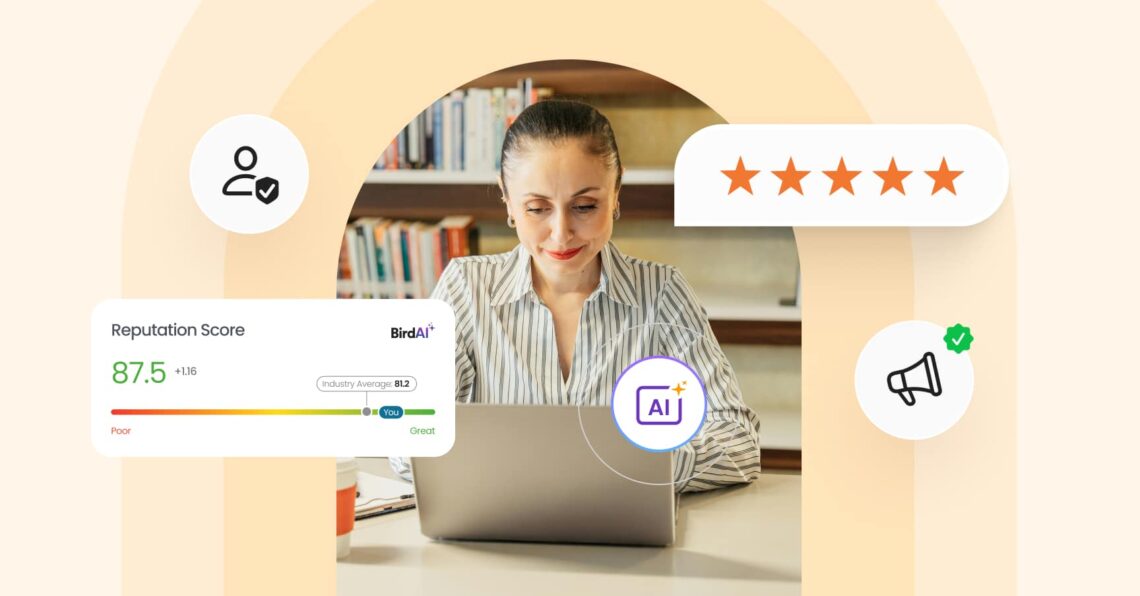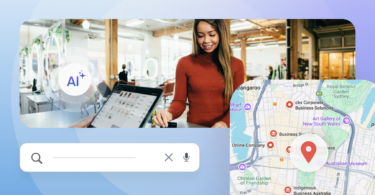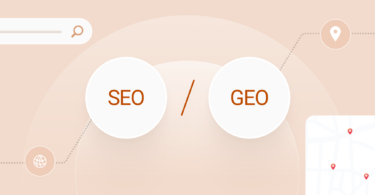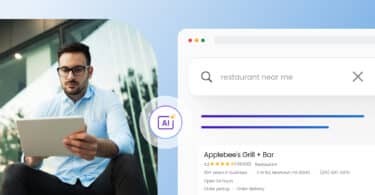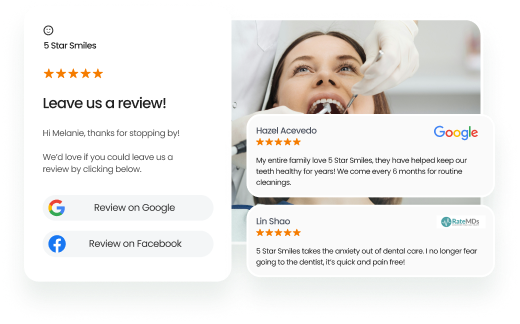Gartner predicts that by 2026, more than 80% of marketing tasks will be at least partially automated by AI-enabled marketing processes. The AI marketing industry–-already valued at $47.32 billion–-is on track to double in size, fueled by the fact that 88% of digital marketers use AI daily and nearly 80% of CMOs consider it essential for staying competitive.
These numbers make one thing clear: AI is no longer a fringe experiment. It has become the connective tissue across campaigns, content, and customer engagement. But the real story isn’t about adding more tools. It’s about turning AI into end-to-end workflows that scale across teams and transform results.
“Marketers who embrace AI to improve efficiency, accuracy, and productivity will have the upper hand… professionals who want to future-proof their careers must master the use of AI.”
Harvard Business Review
Table of contents
- Why AI workflows matter for modern marketing
- Key components of effective AI workflows in marketing
- From piecemeal AI tools to strategic automation
- Best practices for deploying AI workflows in marketing
- Risks and guardrails in automated marketing operations
- Team design for the AI-enabled marketing org
- Overcoming adoption challenges
- Measurement and ROI of AI workflows
- The Birdeye advantage: Accelerating AI workflows for marketing teams
- FAQs on AI workflows in modern marketing
- The future: AI agentic workflows and marketing AI ops
Why AI workflows matter for modern marketing
AI’s impact on marketing is undeniable, but to unlock its full potential, it needs to be more than just a collection of tools. It has to function as part of a structured system or workflow.
What is an AI workflow in marketing?
An AI workflow in marketing is a structured series of automated and human-assisted steps enabled by artificial intelligence for tasks like content production, campaign management, and data analysis.
The value lies in speed and efficiency. AI workflows accelerate execution, shorten research cycles, and cut costs—giving marketers more time to focus on strategy and creativity.
The impact is measurable:
- AI users report being 47% more productive (Source: ZoomInfo).
- Companies with automated marketing operations have reduced campaign costs by as much as 25%.
To make AI workflows effective in practice, marketers need to understand the core components that bring marketing automation, human input, and data together.
Key components of effective AI workflows in marketing
At a high level, AI-powered workflows combine content automation, routine task management, and data-driven insights to streamline modern marketing operations.
The three core building blocks of AI workflows
- Content creation & automation: AI tools like ChatGPT enable rapid copywriting, brainstorming, and data-driven ideation. In fact, 93% of marketers say AI helps create content faster (Source: CoSchedule).
- Routine task automation: Platforms such as Birdeye, Mailchimp, HubSpot, and Salesforce Einstein automate lead scoring, email campaigns, and social scheduling—freeing up human bandwidth.
- Data-driven insights: AI platforms like Birdeye, Marketo, and Klaviyo uncover trends, analyze customer behavior, and enable real-time personalization.
The key is balance: knowing where humans should lead, where AI should assist, and where full automation creates the most value.

From piecemeal AI tools to strategic automation
Many marketing teams experiment with AI in isolated ways—what might be called “hacks.” While these quick wins can show value, they rarely scale. The real competitive edge comes when AI is embedded into end-to-end workflows that are fully integrated across the marketing tech stack.
Consider two examples:
- Adore Me uses AI to automate product descriptions at scale.
- Carrefour personalizes campaigns regionally with AI to reflect local preferences.
AI-powered platforms such as Birdeye, HubSpot, Marketo, Klaviyo, and Salesforce Einstein make this kind of strategic automation possible by connecting workflows, ensuring data consistency, and enabling measurement.
“Because it can quickly produce content variants, AI helps companies scale high-impact strategies – in other words, invest in what works.”
Boston Consulting Group
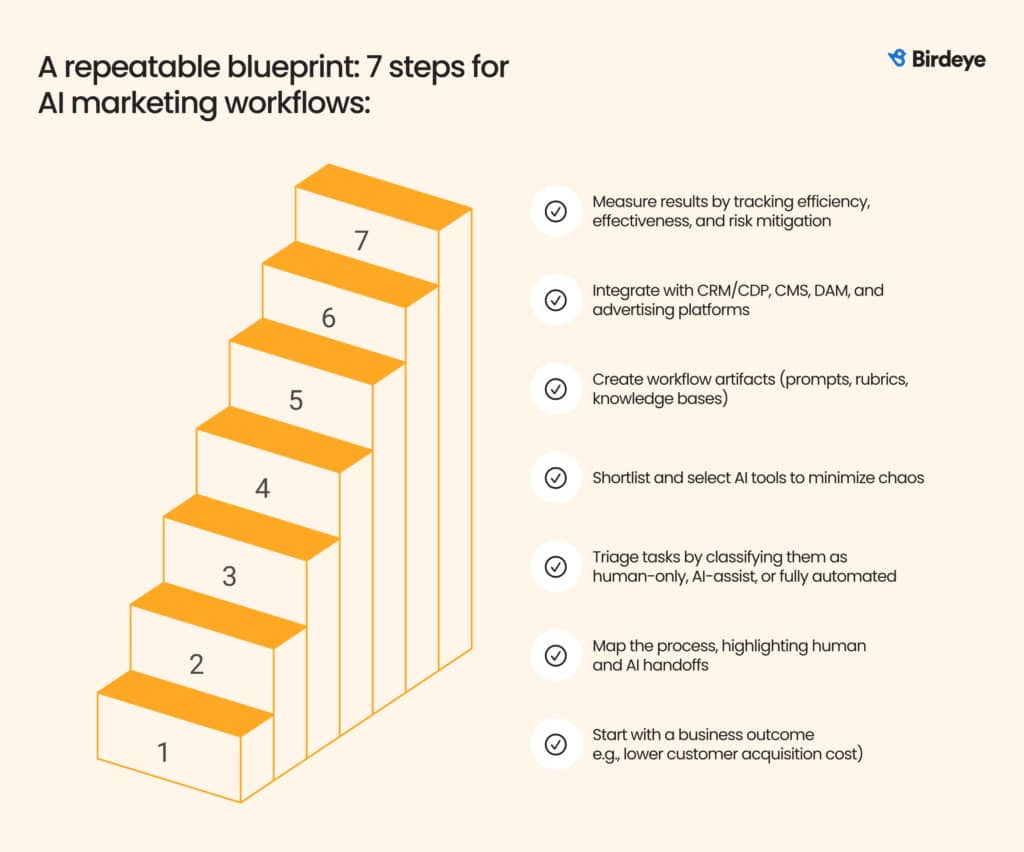
Best practices for deploying AI workflows in marketing
Effective deployment of AI-powered marketing workflows requires disciplined planning and ongoing iteration. Here are some proven best practices:
- Focus on high-impact use cases: Start with repeatable processes that deliver measurable value, then expand gradually.
- Establish a center of excellence: Create a shared hub for AI knowledge, experimentation, and cross-team learning.
- Upskill teams: Provide AI literacy training and hands-on exposure to platforms so marketers feel confident using them.
- Strengthen governance: Use frameworks such as NIST AI RMF and ISO/IEC 42001 to ensure compliance, transparency, and risk mitigation.
- Create new AI workflow roles: Assign responsibilities like AI Product Owner, AI Producer, QA Lead, Data Steward, and AI Change Champion to sustain adoption and accountability.
| Role | Key responsibility |
| AI Product Owner (Marketing) | Owns integrations and workflow outcomes. |
| AI Producer | Crafts prompts, templates, and workflow artifacts. |
| QA/Evaluation Lead | Monitors quality, hallucinations, and brand voice. |
| Data Steward | Ensures that first-party data is accurate and governed. |
| AI Change Champion | Guides adoption and bridges the knowledge gaps. |
Risks and guardrails in automated marketing operations
AI delivers speed and scale. But without safeguards, it can also create new risks, ranging from inaccurate outputs to compliance lapses. To unlock the benefits while protecting both brand and customer, guardrails must be built in from the start.
Key risks to address:
- Hallucinations and misalignment: AI can generate inaccurate or off-brand content.
- Privacy leaks: Sensitive or personal data may be exposed if not properly managed.
- Bias: AI models can amplify existing bias unless actively tested and corrected.
Guardrails to embed early:
- Do not input Personally Identifiable Information (PII) into AI prompts/tools
- All regulated or brand-critical output requires human review
- Use red-team testing to surface and mitigate bias or factual drift
- Maintain dashboards for monitoring quality, cost, and latency
- Follow governance frameworks like NIST AI RMF and ISO/IEC 42001
With the right safeguards in place, leaders can scale AI marketing operations confidently, achieving speed and efficiency without compromising brand safety and customer data.
Team design for the AI-enabled marketing org
AI isn’t just reshaping campaigns. It’s reshaping the marketing team itself. The old model of siloed roles and rigid functions is giving way to a more hybrid structure where AI accelerates execution and humans focus on creativity and strategy.
In this model:
- Executives set vision and governance framework
- A dedicated “AI lab” experiments and operationalizes workflows
- Broader marketing teams are upskilled to utilise AI in their daily work confidently
Here, the goal isn’t replacement, but augmentation. AI handles production and insights at scale, while humans provide the strategic judgment and creative direction that keep brands differentiated.
Overcoming adoption challenges
Despite the promise of AI, many marketing teams hesitate to adopt it fully. Common barriers include unclear strategies, skill gaps, and limited resources.
The solution isn’t to push harder, but to create a culture where experimentation is encouraged and learning is rewarded. Quick, low-risk tests help teams build confidence, even when the outcomes aren’t perfect.
Fostering this kind of safe, curious culture is what drives real innovation.
“We’ve got to be courageous and really lean in… That’s the only way you’re going to innovate.”
— Alex Craddock is the Chief Marketing and Content Officer, Citi
Measurement and ROI of AI workflows
To prove the value of AI workflows in marketing, leaders must go beyond anecdotes and track outcomes that matter to the business. The most important dimensions include:
- Efficiency: Hours saved, shorter campaign cycles
- Effectiveness: Higher campaign engagement and lift
- Risk: Fewer compliance lapses and errors
Teams using AI weekly report up to a 76% improvement in win rates and nearly an 80% increase in profitability. In many cases, measurable ROI appears within the first year. (Source: Delegateflow.ai)
Adoption roadmap for automated marketing operations
The difference between chaotic experimentation and compounding returns is a disciplined, incremental rollout. Scaling AI workflows is most effective when done in phases, with each stage building confidence and maturity.
| Phase | Focus | Key actions |
| 30 days | Pilot | Select two workflows, publish guardrails, and launch a prompt library. |
| 60 days | Integrate | Connect workflows to CRM/CDP, launch dashboards, and train “AI champions.” |
| 90 days | Scale & govern | Expand to 4–6 workflows, form an AI Council, and begin governance reviews. |
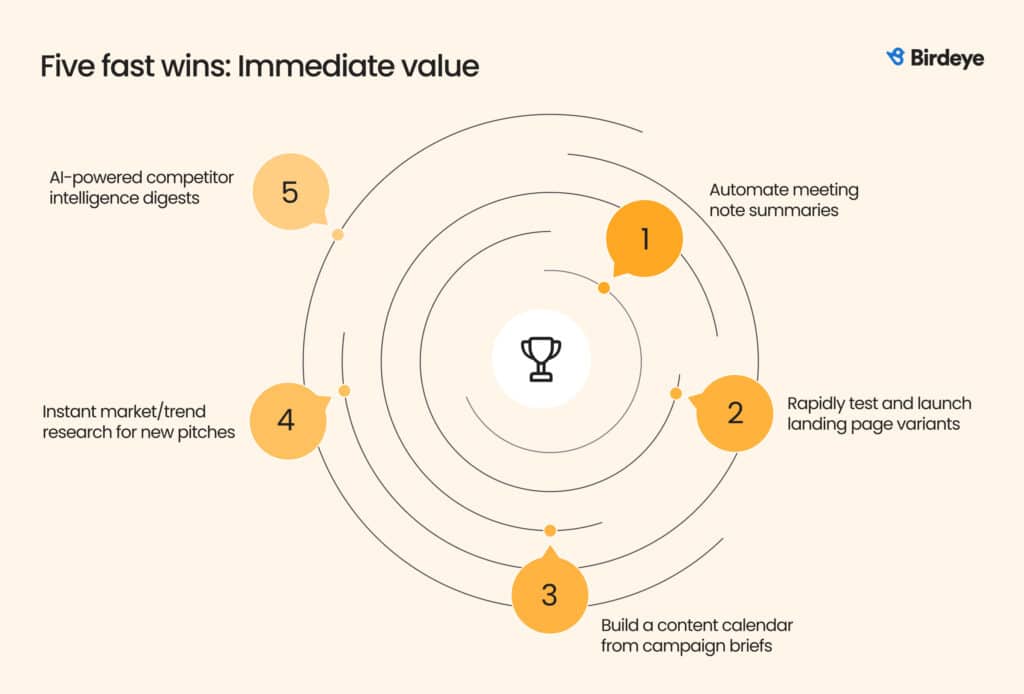
The Birdeye advantage: Accelerating AI workflows for marketing teams
Among the next-generation platforms empowering marketers to operationalize AI at scale, Birdeye stands out for one critical reason: it connects the voice of the customer directly into marketing workflows.
Most AI tools stop at content or campaign automation. Birdeye takes it a step further by embedding reviews, survey feedback, and real-time sentiment directly into every stage of the customer journey.
Birdeye’s AI-powered suite enables marketing teams to:
- Automate feedback loops: Instantly transform customer reviews and survey insights into personalized messaging, improved SEO visibility, and proactive service recovery.
- Unify omnichannel communication: Orchestrate AI-driven messaging across SMS, email, social media, and webchat from a single platform, ensuring consistency, speed, and brand compliance.
- Streamline campaign execution: Automate repetitive tasks, such as scheduling, audience segmentation, and follow-ups, so marketers can focus more time on developing creative strategies.
- Continuously learn and optimize: Birdeye AI analyzes sentiment and performance in real time, recommending workflow tweaks and campaign refinements with every cycle.
- Boost local and multilocation performance: Synchronize reputation management, reviews, and marketing best practices across every location, helping enterprise brands scale trust and customer engagement consistently.
By embedding these capabilities, Birdeye transforms disconnected AI hacks into strategic, repeatable habits. The result: faster growth, stronger customer relationships, and a durable competitive edge for both single-location businesses and multi-location enterprises.
FAQs on AI workflows in modern marketing
An AI workflow in marketing is a repeatable sequence of tasks where artificial intelligence automates or assists stages such as content creation, audience segmentation, campaign deployment, and performance tracking, minimizing manual effort and boosting efficiency.
Key benefits include faster campaign launches, reduced costs, increased personalization, better insights from data, and freeing humans for strategic or creative work.
Commonly automated marketing tasks include email scheduling, lead scoring, social media publishing, content generation, audience segmentation, and data analysis for campaign optimization.
Risks include inaccurate outputs (such as hallucinations), privacy concerns, data bias, and potential brand misalignment. These issues can be mitigated through effective governance frameworks and human oversight.
Frameworks such as the NIST AI Risk Management Framework and ISO/IEC 42001 provide standards for the responsible and compliant use of AI technologies in marketing.
The future: AI agentic workflows and marketing AI ops
The next wave of AI in marketing will go beyond task automation into agentic workflows—autonomous agents capable of planning, launching, and optimizing campaigns with human oversight.
Just as DevOps became a discipline in engineering, expect to see “Marketing AI Ops” emerge as a function for workflow governance and continuous improvement.
The investment trend supports this direction. Nearly 90% of Fortune 1000 companies are increasing their AI budgets, not only for productivity but also to build new operating models (Source: Wavestone Survey 2025).
The future belongs to marketing teams that treat AI as more than a tool. Those that build adaptive systems, where humans set strategy and AI delivers speed, scale, and precision, will define the next era of growth.
Make AI workflows your competitive edge
The next competitive edge in marketing won’t come from experimenting with AI. It will come from operationalizing it into durable workflows.
How to get started:
- Audit your current processes to identify quick wins
- Pilot two AI workflows in the next 30 days
- Foster a culture of learning and experimentation across your team
AI-enabled workflows aren’t just a passing trend. They’re the foundation of how tomorrow’s leaders will scale faster, personalize better, and outperform the competition. The time to start is now.

Originally published
